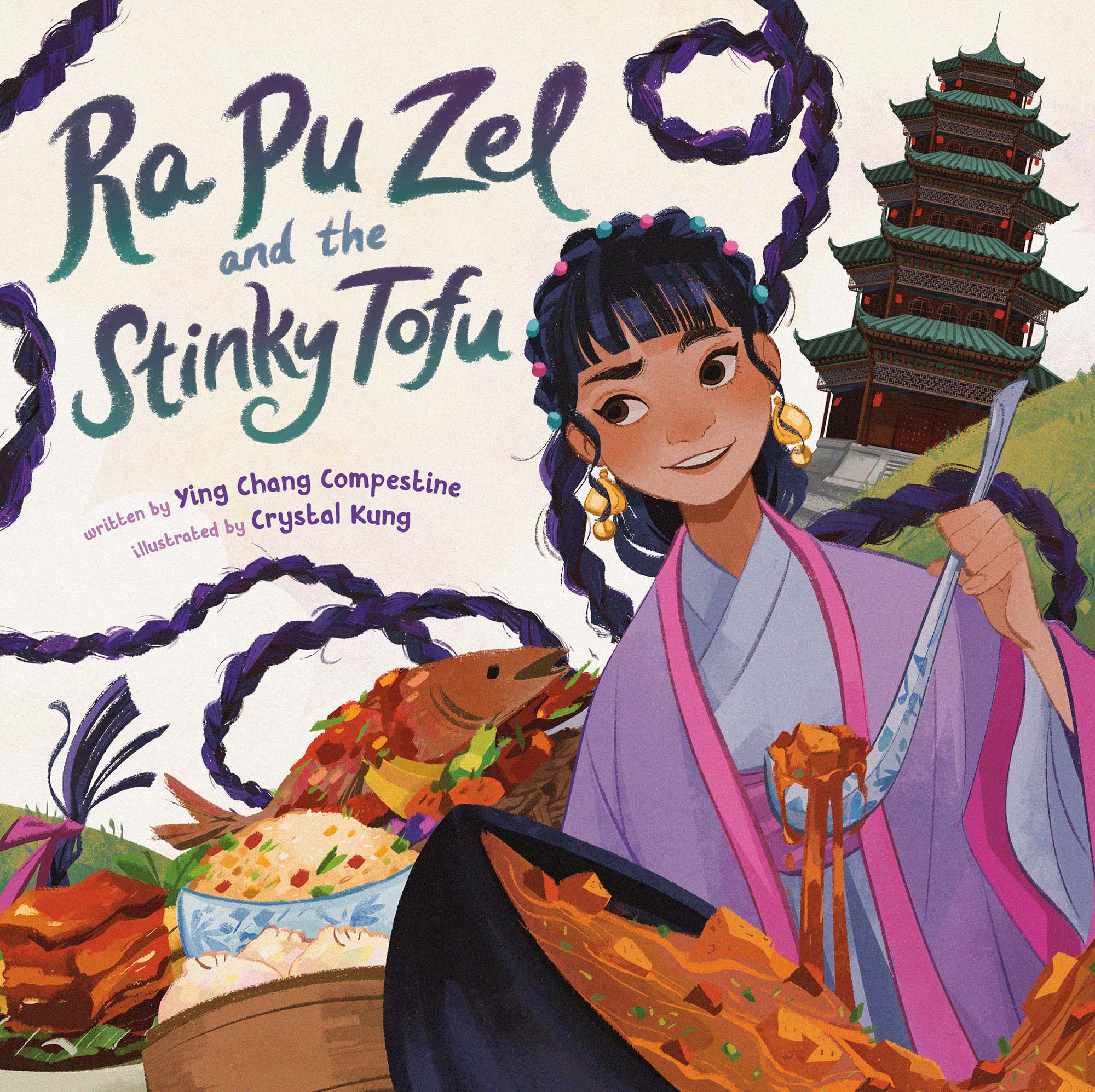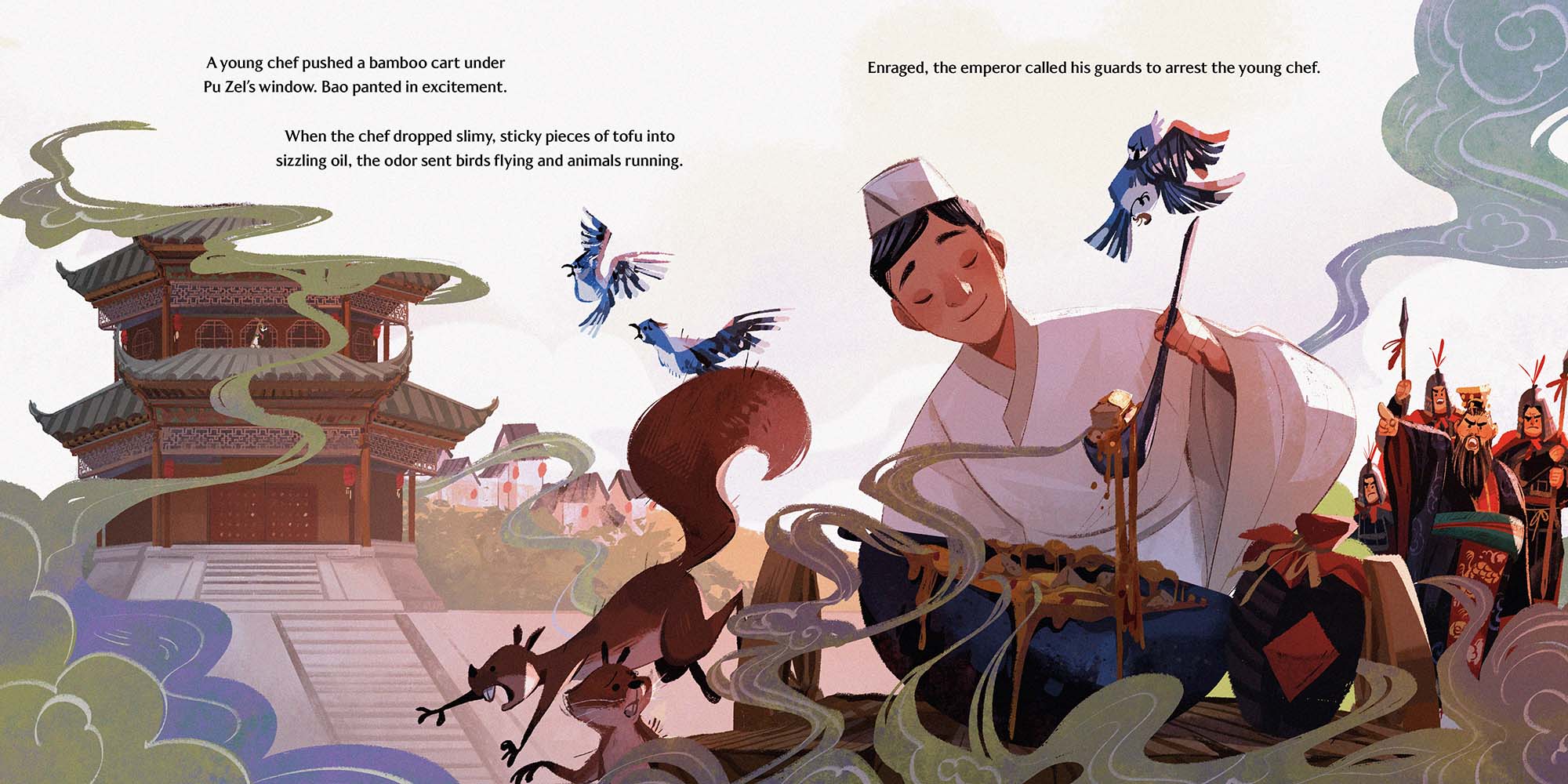In my years as the Bay Area’s most dedicated stinky tofu evangelist, I have preached the pungent virtues of fermented bean curd to anyone who would listen — in blog posts and glossy magazine features, on obscure internet discussion forums and live public radio. And in real life, I’ve wheedled friends, family members and random Taipei night market strangers into at least giving the dish a fair shake.
What I never expected, though, was for stinky tofu to be the subject — and the unlikely hero — of a children’s book published here in the United States.
But that’s precisely what East Bay author Ying Chang Compestine has created with Ra Pu Zel and the Stinky Tofu, her new riff on the classic Rapunzel fairy tale.

Compestine is no stranger to writing about Chinese food: She’s a seasoned cookbook author who used to be a food editor for Martha Stewart’s Whole Living, and her more recent pivot to writing stories for children has been almost entirely food-centric. And fried stinky tofu, specifically, was one of Compestine’s favorite childhood treats, sold by street vendors throughout her hometown of Wuhan, China.
Compestine explains that when she was growing up in Wuhan during the Cultural Revolution in the late ’60s and early ’70s, the Communist Party had banned all Western books, including fairy tales like “Rapunzel.” But Compestine and her friends would read the stories in secret, then regale each other with their own retellings. She remembers especially loving Rapunzel’s dress: “We all had to wear Mao’s uniform,” she recalls. “I never had colorful clothes or long hair.”




